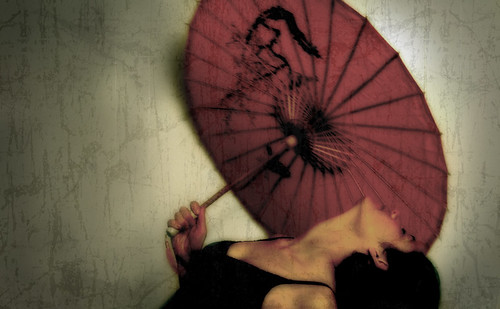This morning I found mention in the Utata forum of an article published in the Autralian News on “image fatigue.” The writer, Sebastien Smee, discusses photography’s loss of status as an art form due to oversaturation of imagery and digital manipulation. The following is only an excerpt from the article, and a link to the full text can be found at the end of this entry.
PHOTOGRAPHY as an art form is on the wane. There may be more photographers having their work shown in galleries, books, magazines and on the web than ever, but something inherent in the medium – something people have spent 1 1/2 centuries being beguiled by – is losing its grip on the public imagination.
Photography has finally become just another way of making images. So easy is it to produce these images that our culture has reached saturation point. Just think of all the wedding photos, baby photos, holiday snaps, news photos, fashion shots, forays into art, scientific photos, police records, studio portraits, passport photos and party snaps that come into existence every day of the year, all across the globe.
Very simply, one can’t keep up. There is barely enough time to look more than once at one’s own, supposedly precious photographs, let alone photographs by those who may have something extraordinary to show us.
But the reason for photography’s eclipse as an art form has not just to do with the astonishing superabundance of photographs; it has to do with dramatic recent changes to the medium. Thanks to the digital revolution, there is virtually nothing that can’t be done to a photograph to alter its once unique relationship to reality.
There is much to amaze in what is suddenly possible but the amazement is largely technical. In terms of art, something profound has been lost. People sense it. Art-loving audiences are fast losing interest in the medium.
The full article can be found here.
Although it is an interesting read, and the writer makes some good points, I don’t agree that photography is losing it’s status as an art form. In some ways it never had it. Even as recent as a few years ago I remember hearing this kind of debate in regards to Toronto’s Conact, on whether photography should be taken as art and whether it deserved the focus of a whole festival. Apparently it is and it does, because Contact is celebrating it’s tenth anniversary this year.
I think much of this debate occurs because photography is the one medium (like writing) that anyone can do – even a small child can pick up a camera and take a decent picture. But not all photography should be considered art, just as not every person who picks up a camera is an artist. And as for the lack of “truth” because of digital manipulation, since when has any art been about truth?













